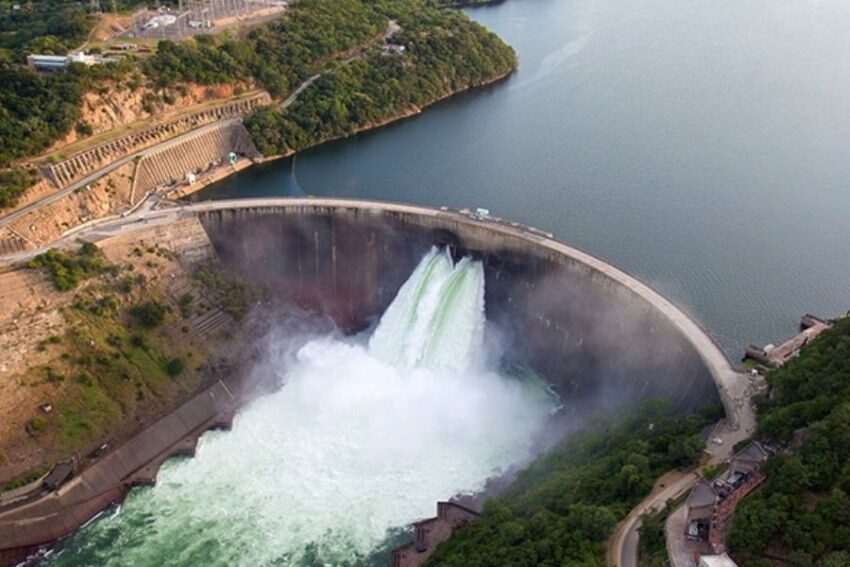$250 M for Zimbabwe’s floating solar plant
IEUG sources $250 M in funds for 1 GW floating solar plant on Lake Kariba.

Image source: Energy&Utilities
Zimbabwe, Lake Kariba: IEUG sources $250 M in funds for 1 GW floating solar plant on Lake Kariba.
Zimbabwe’s business group, Intensive Energy User Group (IEUG), plans to raise $250 M to construct the first phase of a floating solar PV plant on Lake Kariba on Zimbabwe’s border with Zambia.
This development follows earlier discussions between China Energy, the state-owned Zimbabwe Power Company, and IEUG. In March, the Chinese company had submitted a proposal for the construction of a 1 GW floating solar plant on Lake Kariba. The plant is estimated to cost $ 987 M and will comprise about 1.8 M solar panels.
The first phase of the project involves the construction of a planned 250 MW of solar PV capacity.
The power generated from the plant will be sold to the IEUG and other customers under a 25-year power purchase agreement (PPA). Excess energy generated from the plant will also be exported to the Southern African power pool.
The bid to improve clean energy integration on the African continent has seen the proposal of innovative deployment models that accommodate the continent’s infrastructural limitations. Floating solar PV has been at the forefront of these proposals given the continent’s vast hydro resources.
A 2021 study by researchers at the European Commission’s Joint Research Centre estimated the floating solar PV generation potential of the 146 largest hydropower reservoirs in Africa to be 2,922 GWp. The study finds that covering only 10 percent of the surface of these reservoirs with solar panels will generate 529,349 GWh of electricity annually.
For a continent that is prone to the impacts of climate change, floating solar also provides an added benefit. They help to reduce evaporation loss, improve hydropower generation and alleviate water scarcity issues.
For instance, the study estimates that covering Lake Kariba with solar panels will increase hydroelectricity generation by 20 GWh annually.
Source: Energy&Utilities
#clean energy#floating solar PV plant#IEUG#power pool#solar panel




